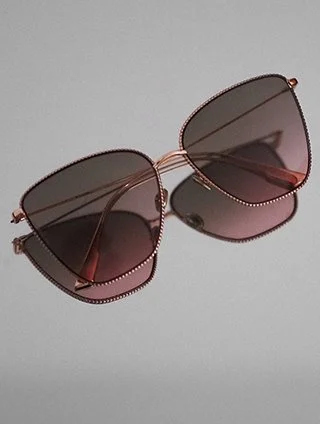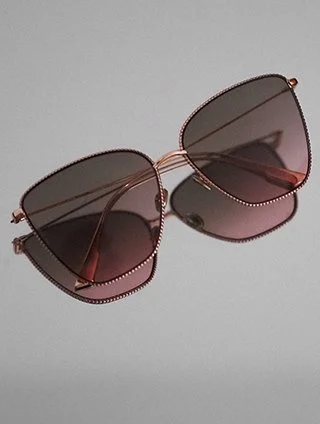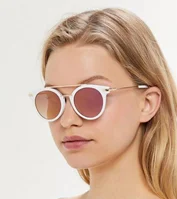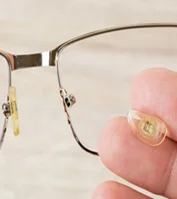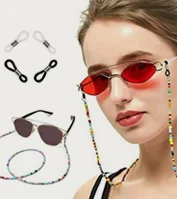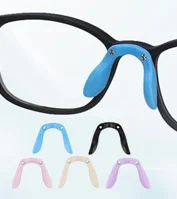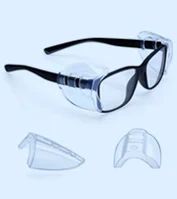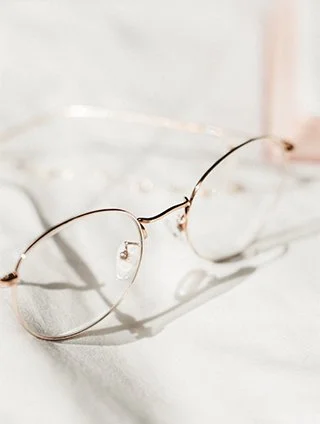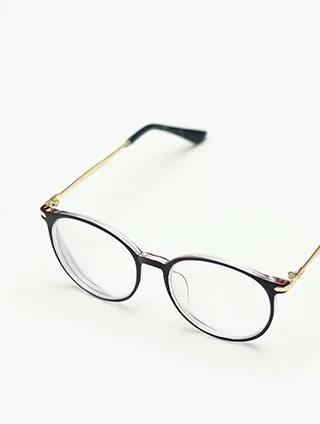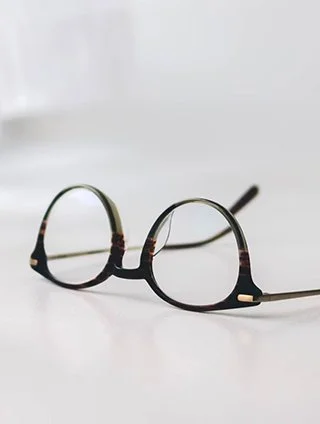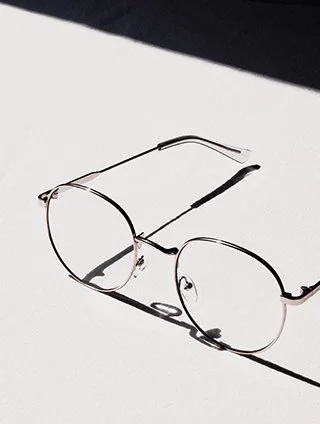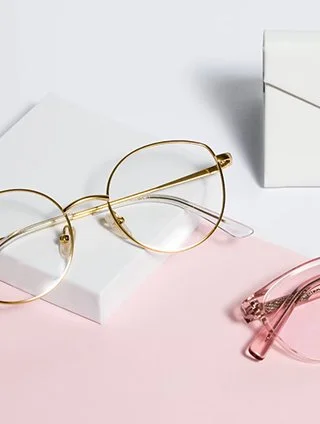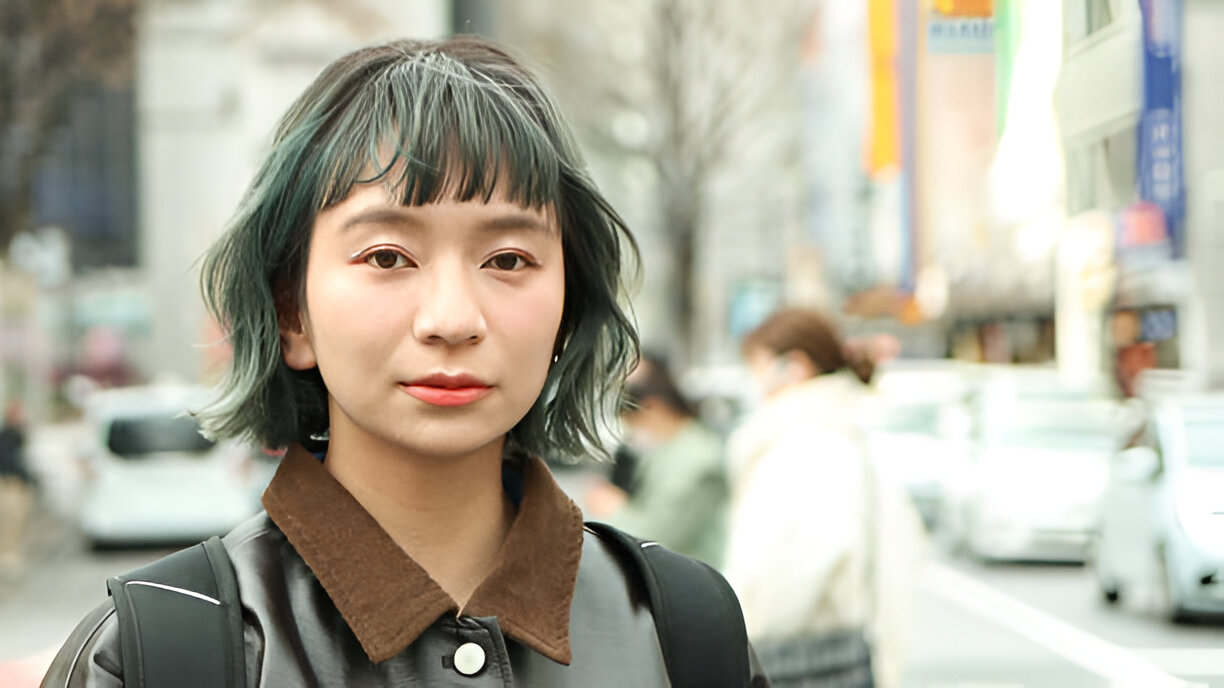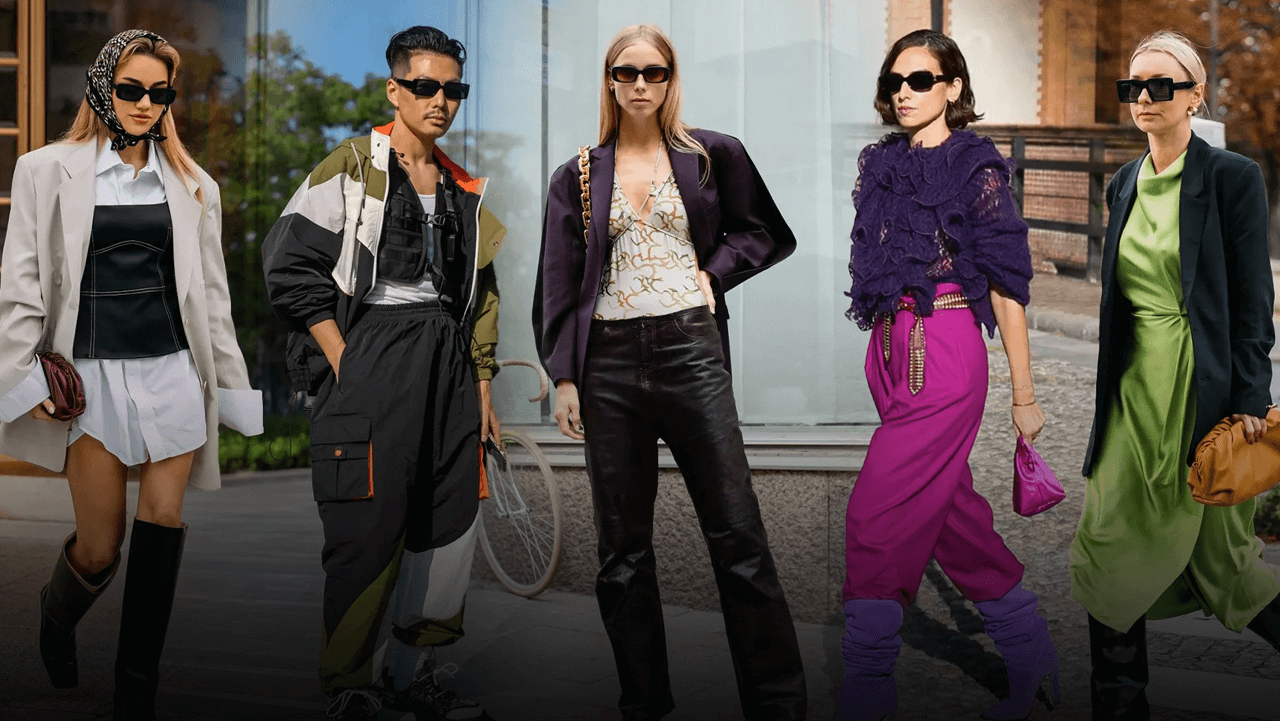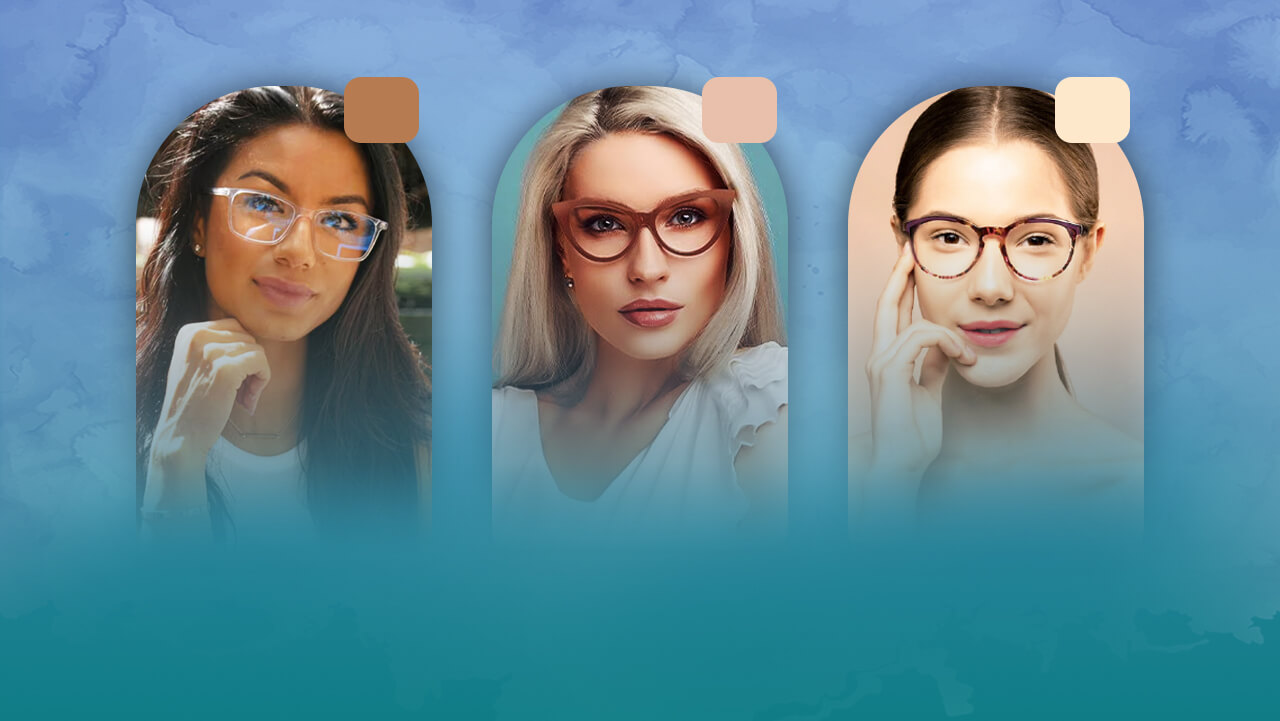Because seeing is so essential to the human experience, we occasionally take our eyes casually. Being a highly complex organ, the eye allows us to perceive the environment in ways that are not possible for our other senses. There are a lot of entertaining and fascinating facts about our eyes and the way they work that you might not have known, even though we spend most of the time using our eyes.
1. The Eyes See Things Inversely
Light reflected from the things and scenes we view makes up what we perceive. When light enters the eye, it is bent by the curved cornea at the front, which causes the picture to appear upside down on the retina in the rear of the eye. The brain accurately perceives the environment by inverting the image when it understands it.
Ivo Kohler, an assistant of Austrian professor Theodor Erismann, was ordered to wear a pair of goggles that caused him to see inverted during an experiment in the 1950s. surprisingly, Kohler's brain adjusted, and after approximately a week, he started viewing the world upside down via the goggles. The seminal study is still cited a lot nowadays, including in Sachse et al's 2017 paper on visual perception.
2. Eyes Contain with Jelly-Like Material
80% of a person's eye is composed of vitreous humor, a clear, colorless fluid that is essential to eye function and health. Ninety-nine percent of vitreous humor is water; the remaining portion is comprised of collagen, proteins, salts, and sugars.
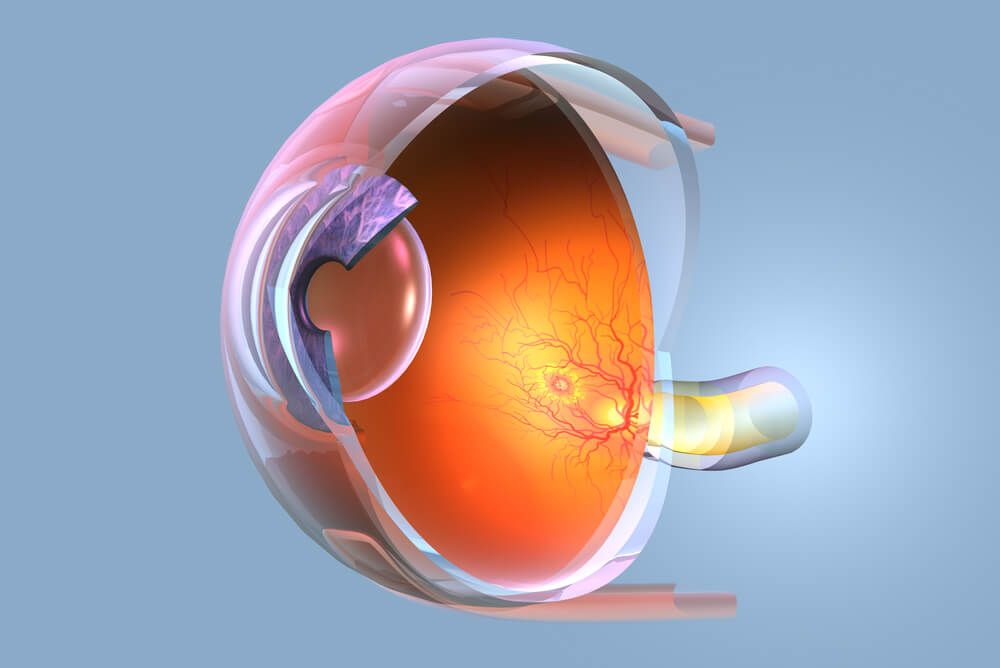
3. Everybody Has a Blind Spot
Even though we may think we can see all in front of us, there is a small area where we are blind. The optic disk, which is where blood vessels enter and the optic nerve leaves the eye, is located in this tiny area of the visual field. It's still unclear to experts why we don't detect this blind spot more often. Two theories exist regarding how the brain covers the gaps in information by utilizing visual cues from the surroundings. The first idea states that when two eyes have overlapping vision, they can notice each other's blind spots.
4. Fingerprints Are Not as Secure as Iris Scans
Similar to fingerprints, each person's iris is distinct; however, just as no two fingers on a hand are the same, so are the iris in all our eyes. Our fingerprints only have roughly 40 distinct traits, while our irises have about 256. Because of this, iris scans are far safer than fingerprints in biometric systems.
.jpg)
5. Depending on the Shape of Your Eyes, You Can Be Near- or Farsighted
The shape of the eye determines whether a person is nearsighted or farsighted. Longer eyes characterize the most prevalent visual impairment, nearsightedness or myopia, which means that light is concentrated immediately in front of the retina while gazing far away. Because the eye is too short in people who have hyperopia or farsightedness, the focal point on close objects is beyond the retina. Both problems result in hazy vision at the correct range and can be compensated using lenses that change the focus point's location.
6. The Normal Eye can identify 10 Million Colors
Although there are several ideas regarding this, research based on Gunter Wyszecki's work indicates that humans may differentiate up to 10 million colors. Every hue that is visible to humans is composed of red, green, and blue combinations. Yellow is a blend of green and red, purple is a mixture of blue and red, and so forth. One widespread misperception is that color is a feature of light, but in reality, the brain plays a major role in color perception. Not only is the wavelength of light rays reflected into the eye, but our perception of background colors, lighting, familiarity, and surroundings are all influenced by this environment.
7. The Color of the Eye Does Not Much Affect Vision
There have been suggestions that brown color eyes are greater prone to cataracts and that green and blue eyes are more light-sensitive than brown eyes. According to some research, those with lighter-colored eyes may be more proficient in strategic thinking, while those with brown eyes may be more adept at responsive activities like racquet sports. Other research disputes these theories
The only conclusion drawn by eye color experts from a plethora of studies, ideas, and wives' tales is that there's little to no difference in the visual acuity of individuals with different eye colors. Experts believe that wearing tinted glasses like Wileyx sunglasses is a good idea for protecting one's eyes from the sun, regardless of eye color.
8. Around the Eye, There Are Several Protective Features
Over millions of years, our cranium and face structure have changed to safeguard the delicate eyeball. Because the socket is recessed into the skull, half of the eye is shielded by bone. The purpose of the eyebrows is to collect perspiration from the top of the head and direct it toward the eyes. When necessary, eyelids close to protect the eye from debris and light.
Besides serving as a filter for dirt and other particles, eyelashes also function similarly to a cat or mouse's whiskers by detecting objects near the eye and causing the eyelid to contract. Over 98 feet is the total length of eyelashes that an individual will shed throughout their lifetime, with each lash lasting roughly five months.
The eye remains one of the most delicate organs despite these factors, particularly for contemporary risks like synthetic light and textiles. Eye protection is essential in our contemporary situations because evolution has not kept up with these emerging dangers.
9. Sunburn May Occur in Your Eyes
Although sunburn on the skin has become widely recognized, did you realize that sunburn may also occur in the eyes? The ailment known as photokeratitis may result in discomfort, inflammation, redness, blurriness, tearing, and light sensitivity. The corneal epithelium may "slough off" because of photokeratitis, just the way skin may peel following a sunburn. You should always wear decent sunglasses while you are in the sun because the effects can last for a long time.
10. Blood Vessels in the Eye Cause Red Eyes in Pictures
Have you ever wondered why pictures occasionally show red eyes? When a camera flash or other intense light source bounces light back at the camera, it causes the "red-eye" effect. The reflected light shining on the blood vessels in the connective tissue at the back of the eye causes the red color you see in images.
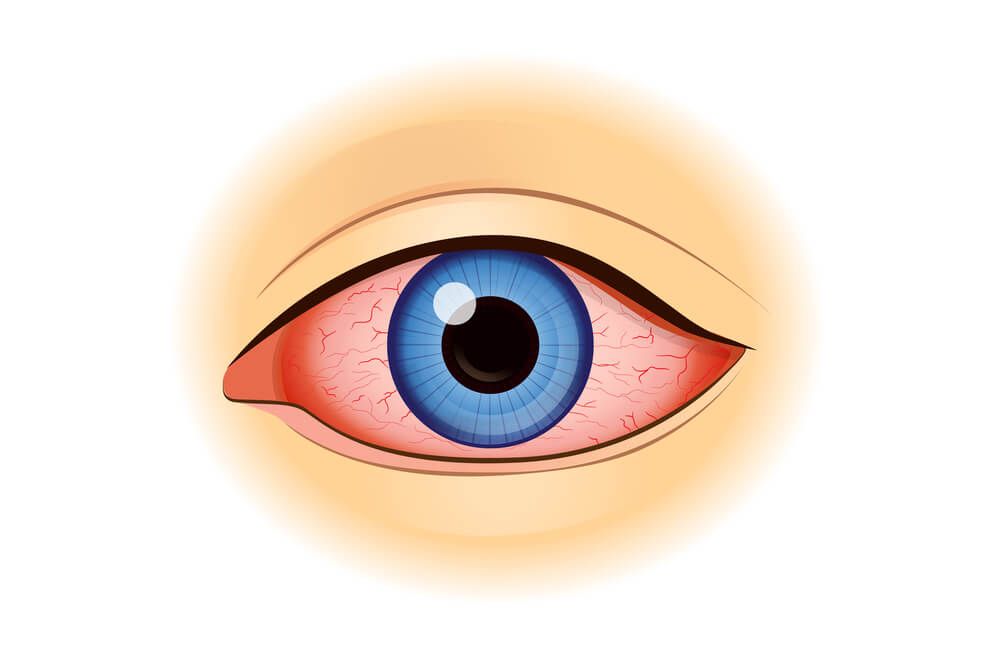
11. We Blink Twenty to Thirty Thousand Times Per Day
According to scientific estimates, we blink approximately 20,000 to 30,000 times a day. Even though a blink only lasts two-tenths of a second, a day's worth of blinks equals 1.5 hours. Blinking clears the eye of debris and lubricates it with wet tears. Nutrients are sent to the surface structures of the eyes with each blink, maintaining their health. Even a neurological purpose for blinking was discovered in one study. It implies that the visual and attentional centers of the brain experience a kind of micro-reset that may be essential to basic brain processes.
12. Do Carrots Honestly Help Your Eyes?
Carrots are considered the finest meal for eyesight, and most of us have even been told as children that eating them can improve our night vision. Apart from vitamin A, which the body converts from beta-carotene, the beta-carotene-rich vegetable is an excellent addition to the diet, but there are superior sources of this vitamin that specifically help the eyes. Eating fatty seafood and green veggies that are high in lutein, zeaxanthin, and meso-zeaxanthin—nutrients that support the eye's defense mechanisms—is recommended for maintaining eye health. Foods like spinach, kale, and other leafy greens naturally contain lutein and zeaxanthin, whereas some fish have meso-zeaxanthin.

13. It Is Possible to Prevent or Treat 80% of Overall Vision Impairments
According to estimates from the World Health Organization (WHO), over 80% of vision impairment cases worldwide can be avoided or even completely cured. For those nations that supported them, the WHO cites some effective public-private collaborations that have significantly improved eye health. By taking such steps, the transmission of viral diseases has been significantly curbed and blindness from trachoma and onchocerciasis has decreased.
14. As You Age, Glasses Will Be Necessary
Presbyopia is a condition that most people begin to suffer around the age of 40. It is the rigidity of the eye's lenses, which makes it harder to focus on up-close objects. As the lenses gradually harden with age, presbyopia frequently becomes more severe around the age of 50. Consequently, when they are forty or fifty years old, the majority of people will require Nike reading glasses.
15. Computer Vision Syndrome Is Caused by Screen Usage
Research indicates that symptoms of computer vision syndrome (CVS) are present in between 50% and 90% of persons who work at a computer screen. CVS is a broad term for a variety of conditions related to eye fatigue and discomfort from prolonged screen use. Your eyes have to constantly focus and refocus when using a screen because of the brightness and glare. Over time, this continual strain can cause damage to your eye muscles.
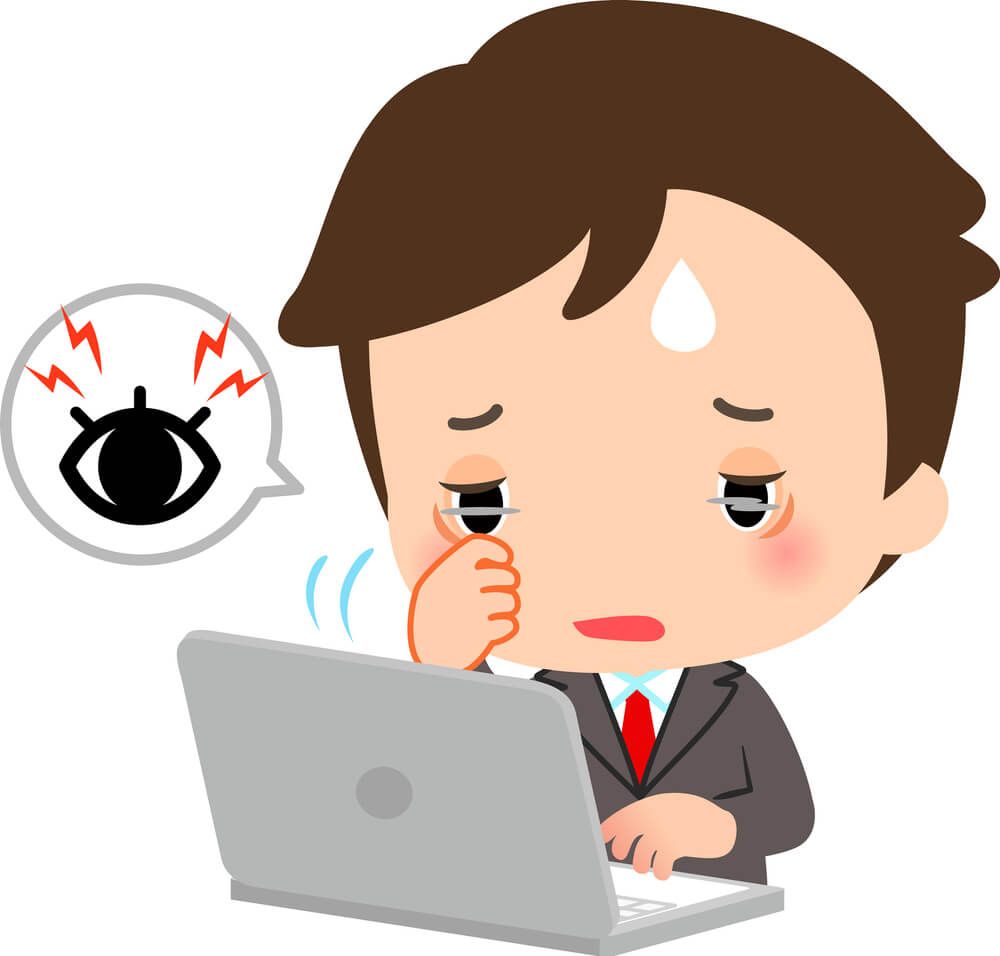
Finally, You are Aware of a Few Fascinating Facts Regarding your Eyes, It is Time to Safeguard Your Own.
Being aware of a few eye facts that were not taught in school, use this knowledge to motivate yourself to begin taking greater care of your vision. Regular ocular checkups can assist in identifying potential issues before they worsen and facilitate treatment. It's critical to see an eye doctor as soon as possible if you start having mild vision problems or if you have had a more serious injury. Ignoring a medical illness can exacerbate it and hinder appropriate recovery even when therapy is obtained.




